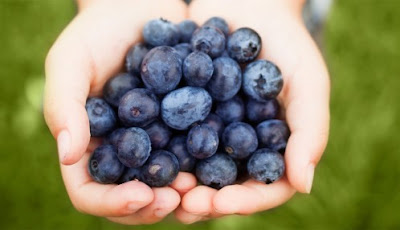Newswise, April 21, 2016 — University of Adelaide researchers
have found that men who consume diets high in fat are more likely to feel
sleepy during the day, to report sleep problems at night, and are also more
likely to suffer from sleep apnea.
This is the result of the Men Androgen Inflammation Lifestyle
Environment and Stress (MAILES) study looking at the association between fatty
diets and sleep, conducted by the University of Adelaide's Population Research
and Outcome Studies unit in the School of Medicine and the Freemasons
Foundation Centre for Men's Health.
The results - based on data of more than 1800 Australian men
aged 35-80, including their dietary habits over a 12-month period - have been
published this month in the journal Nutrients.
"After adjusting for other demographic and lifestyle
factors, and chronic diseases, we found that those who consumed the highest fat
intake were more likely to experience excessive daytime sleepiness," says
study author and University of Adelaide PhD student Yingting Cao, who is also
based at SAHMRI (South
Australian Health and Medical Research Institute).
"This has significant implications for alertness and
concentration, which would be of particular concern to workers," Ms Cao
says. "High fat intake was also strongly associated with sleep
apnea."
In total, among those with available dietary and sleep data,
41% of the men surveyed had reported experiencing daytime sleepiness, while 47%
of them had poor sleep quality at night.
About 54% had mild-to-moderate sleep apnea, and 25% had
moderate-to-severe sleep apnea, which was assessed by a sleep study among those
who did not have a previous diagnosis of sleep apnea.
"Poor sleep and feeling sleepy during the day means you
have less energy, but this in turn is known to increase people's cravings for
high-fat, high-carbohydrate foods, which is then associated with poor sleep
outcomes. So the poor diet-and-sleep pattern can become a vicious cycle,"
Ms Cao says.
"The simple message is a commonsense one, but we need
more people to pay attention to it: we need to eat better; a good sleep the
night before is best."
Ms Cao says quality of sleep is often not taken into
consideration in studies investigating the effects of varying diets on weight
loss.
"We hope our work could help to inform future
intervention studies, enabling people to achieve healthy weight loss while also
improving their quality of sleep," she says.
This study has been funded by the National Health and Medical
Research Council (NHMRC) and the ResMed Foundation






